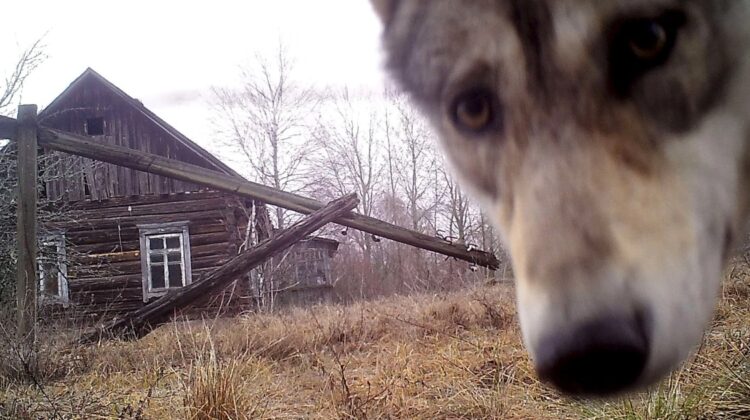
Chernobyl’s calamity is well-known around the world, and it has resulted in acres of unusable territory. Some choose to accept the dangers and stay in the radioactive area, but the majority avoid it. Animals have begun to take over the area and populate themselves within the contamination and radiation since people no longer go about (save for testing). Here are some of the most vulnerable species.
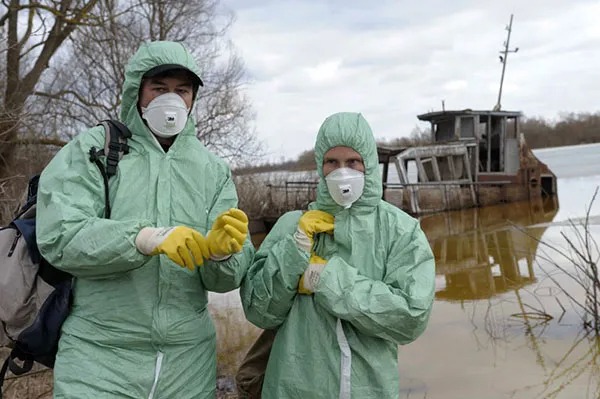
Wild Boar
Because these critters eat mushrooms and truffles that have developed in polluted soil, they and their offspring have been exposed to a lot of radiation. Many wild boar have tested positive for radiation, and there have even been reports of wild boar roaming outside of the exclusion zone.
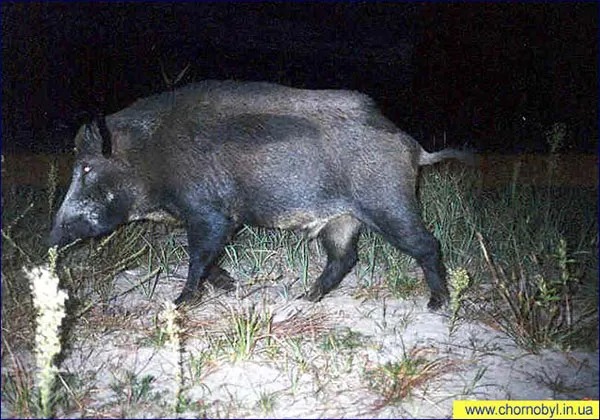
Eurasian Lynx
This endangered species has established itself in the abandoned land and is beginning to repopulate. This is excellent news for animal conservationists, but there is no way of knowing how the animals are reacting to the leaking radiation from their food and the habitat in which they live. There has been no testing on them to see how they are tolerating the radiation because they are wild and nearly extinct. While their blossoming is wonderful news for those who wish to see the species recover, no one knows how radiation will effect them or how it will alter their species in the long run.
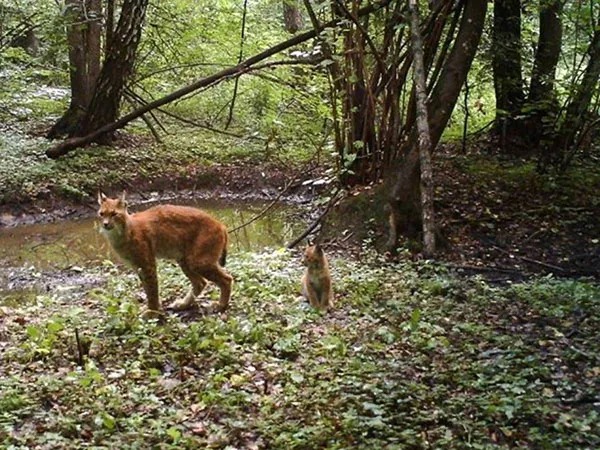
Red Deer
This site is ideal for deer that want to dwell in an area with abundance of food due to the unmanaged fields and unmowed grass. Despite the fact that these animals are fat and perfect for hunters daring enough to sneak onto the contaminated soil, they are not suitable for human eating due to the alleged high levels of radiation. There have been no mutations discovered, but it is still too early to see any significant changes.
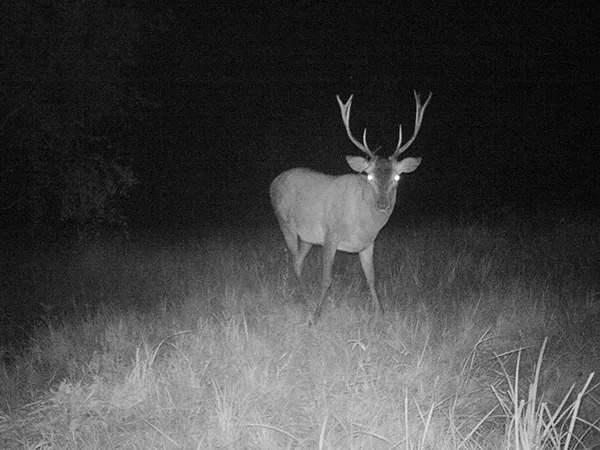
Moose
These gigantic and gorgeous beasts have created a home in the abandoned area, coexisting peacefully with the other animals and feasting on the abundance of food available to them. They, like red deer, eat on polluted ground, and the radiation seeps into their bloodstream, rendering them useless (human wise.) It’s worth noting that, like the lynx, moose had vanished from the area before reappearing once the humans had left. Even though it is radioactive, they now have a new home.

White-Tailed Eagle
With its magnificent appearance and wingspan, this big bird is a sight to behold. It has established itself in the abandoned terrain and appears to be thriving. Despite the fact that this bird does not eat radioactive food, experts are concerned that its feeding on other birds and tiny animals that eat grass and roots would make the species radioactive. They become more radioactive as they consume more beings.
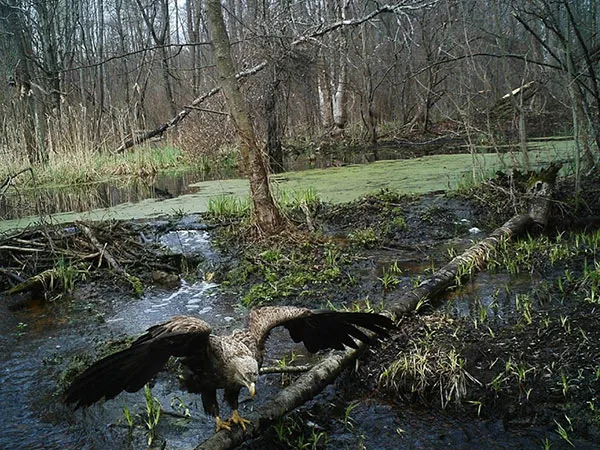
Przewalski’s Horse
This herd of wild horse was released onto the contaminated land in an effort to keep them alive and out of extinction. Though the land poses some risks that can affect the species (as it all other ones that live on the grounds), scientists felt it was better to release them out of captivity and let them live in freedom on human free land, despite all of the unknown risks that radiation can cause in animals.
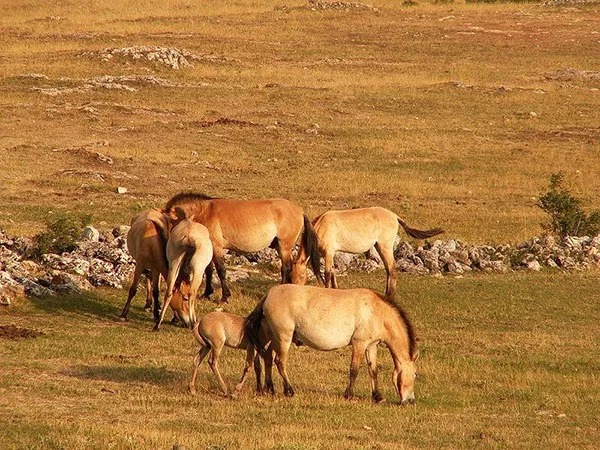
Cattle
As with the moose and deer, these cattle are not meant for human consumption due to the radiation poisoning they will have suffered from the grass in the uncut fields. You can see that some who previously lived on the land continue to do so, finding that their lives are here with their dying animals instead of somewhere else that they are not used to. Though it is sad to see this, it speaks to their loyalty and love, both to their animals, and the job that they do.

Cats
Initially, cats were killed and their population destroyed, but now they are starting to move into the radiation-soaked land, making homes in abandoned houses and in the forests. They feed off the land and get what they can from the people still living on the restricted zone. They have turned feral over the years and no one is quite sure how the radiation is affecting their biological make up, or in how they see humans.

Dogs
Dogs were also killed in the beginning and now they have returned to take control. Though they are several generations turned feral, they are still known to have their features that we recognize in our own pets. This includes the joy of playing and barking back and forth as they run around. It is sad to see these beasts we know and love so much living in the wild, but they have made a comfortable home there for themselves.
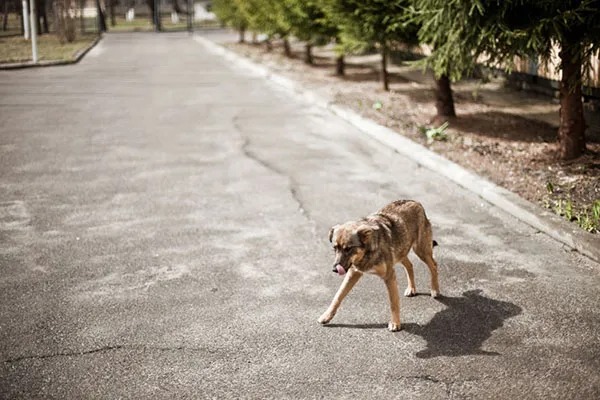
Wolves
These majestic creatures are new to the Chernobyl area. They abandoned it along with the moose many years ago, but have started to come back and populate in this contaminated soil and environment. This creatures have all sorts of radiation in them, but they are still as beautiful as ever as they roam around looking for their next meal and raising their young.
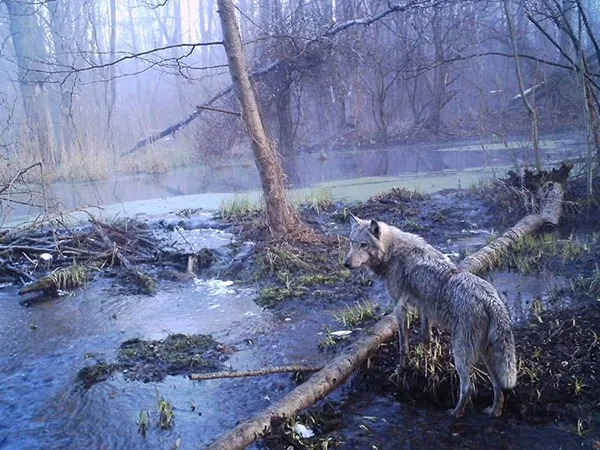
Worries are spreading at how radioactive animals can come and go from the land as they please. There are concerns about them finding their ways into other ecosystems and infecting them. Though we cannot argue with the reality this is, we have to trust that scientists know what they’re doing when they monitor these animals. Though there are always exceptions, the animals tend to stay on their new homeland and populate there. There is no doubt that seeing all of these creatures living in radiation-soaked earth and land is sad and hard to look at, but they make the choice to com back, on their own. They are making their own environment on previously man-made land and they are flourishing there as a result. Though we don’t like to see these beautiful creatures in pain, it is nice to see them so comfortable here.

